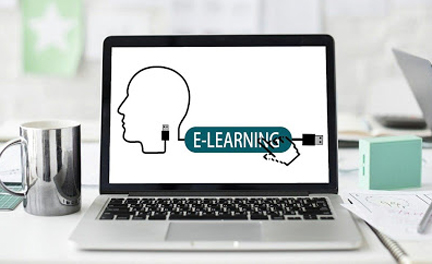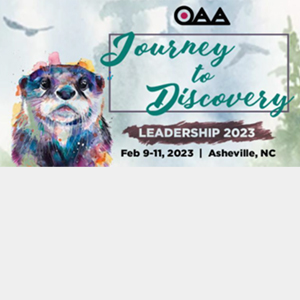
Maryann Santos, Program Director, Vision Care Technology, Goodwin University
Let me start by saying that covid is intentionally spelled with a lowercase c. I do not want to highlight that, that... disruptor of things. As I write the word lower case it brings me back to middle school when I was in printing class. That’s when I was first introduced to why lowercase letters are called lowercase. For those of you who had the opportunity to take printing class, you may recall the big old wooden boxes where inside were little metal pieces that had letters on them. In the upper part were the upper-case letters and the lower part held the lowercase letters. Words using uppercase letters mid-sentence seem to stand in the reader’s way, and I won’t let covid stand in the way of teaching opticianry.
The study of the history behind the words of optical theory and technology is blended into the Vision Care Technology program at Goodwin University in East Hartford, CT of which I am the program director and one of the instructors. We discuss the history of spectacle lenes, contact lenses and ophthalmic frames as it allows students to explore the ophthalmic pioneers who came before us, notice trends, and observe the leaps and bounds of technological advances, much the way printing has advanced from those individual metal letters.
Teaching and learning fascinate me as there are different ways to deliver and receive content that meets the needs of all learners. The Vision Care Technology program at Goodwin is hybrid which means that some courses are online, some are 100% on-ground, and some are a combination of the two. The hybrid format really came in handy when the pandemic arrived. We were able to transform our courses to strictly online barely missing a beat, as all our courses are already built in an online format. Technology made us ready.
During the summer of 2020 we had to switch some courses around as the hands-on lensometry and fabrication lab had to be moved to another semester and was replaced with an online optical business course. With a combination of course readings, lectures, embedded videos, and interactive forms of assessment, the summer semester has run smoothly.
Online learning management systems are amazing. Students have weekly units/topics, access to lectures both written and in video format, discussion boards, and reading assignments. Courses can be synchronistic which is live where students log in at the same time as a live class or asynchronistic where the students login at their convenience throughout the week.
But at the end of the day, opticians are ‘people people.’ We interact face-to-face and I think we thrive on that. We are also a hands-on industry; we listen, we talk, and we engage with our patients. It will be nice to return to a sense of normalcy to see our students and our patients.
You can use online learning to get continuing education credits with more than twenty free CE courses, courtesy of our generous sponsors. Go to 2020mag.com/ce for those courses and more.













